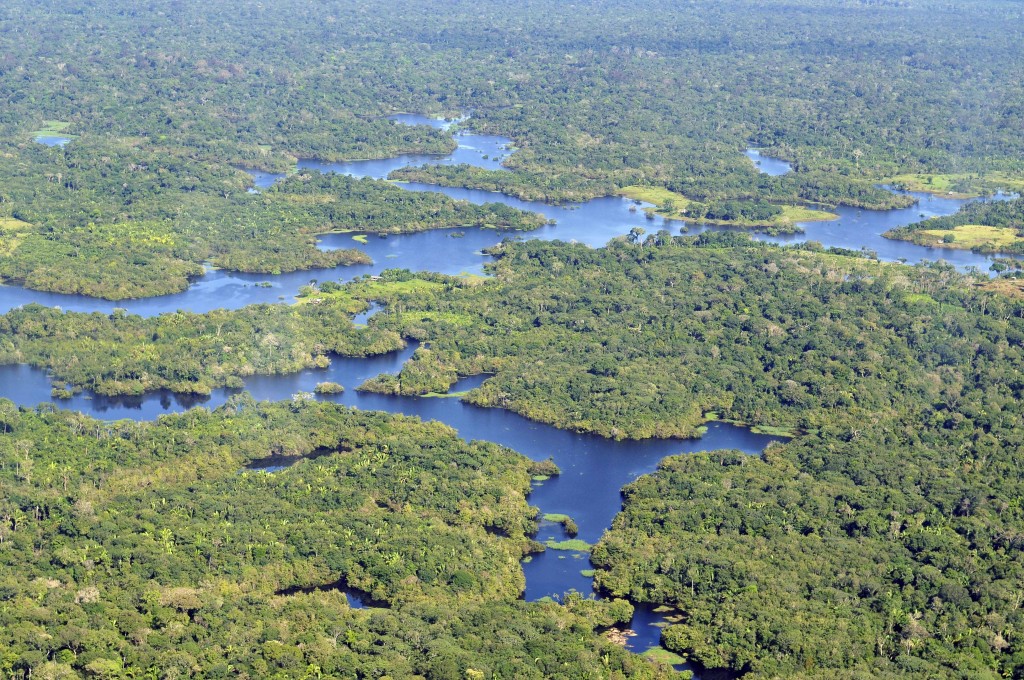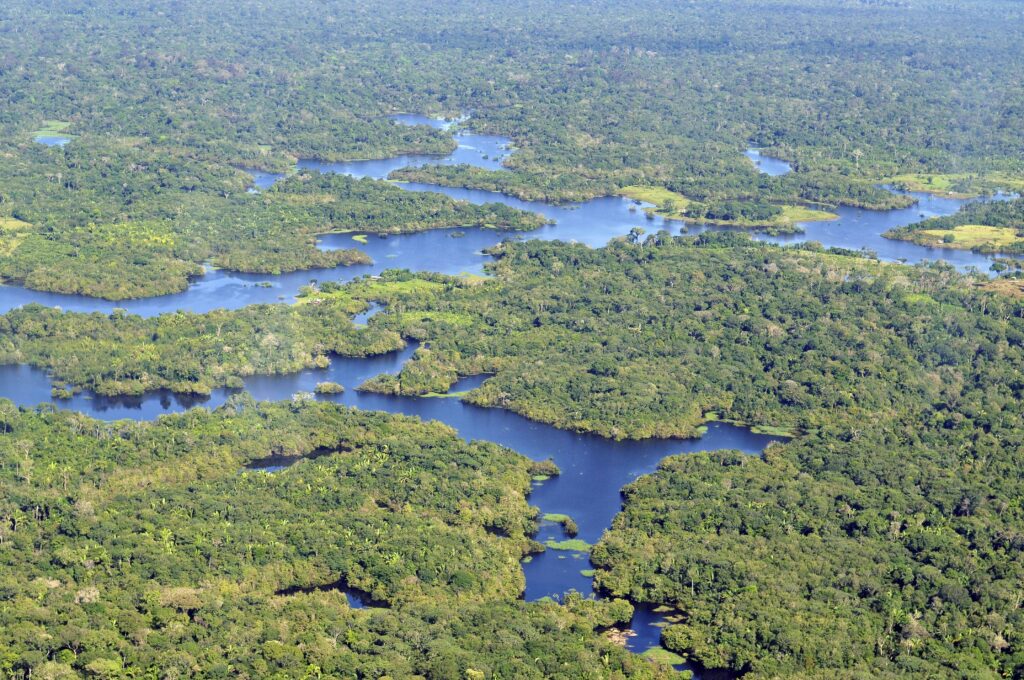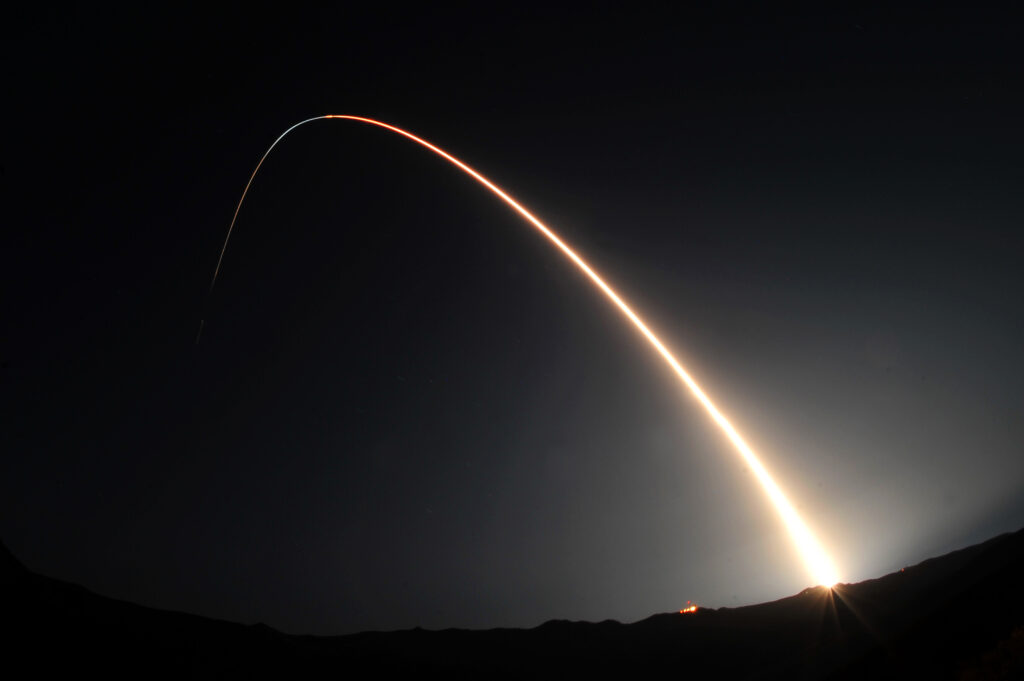The ecological and humanitarian importance of preserving the Peruvian Amazon

It’s no secret that mankind’s industrial explosion has precipitated global climate change for over a century. As industrialism continues worldwide at a seemingly interminable rate, greenhouse gases are incessantly spewed into the atmosphere. Evidence gathered in 2009 demonstrated that since the onset of industrialism in the mid-18th century, global carbon dioxide levels rose 38% and methane levels 148%. And, if that doesn’t make our impact on Mother Nature clear enough, a recent report compiled by the National Oceanic and Atmospheric Administration (NOAA) reveals that the 21st century has proven to be the warmest century on record by far.
Despite the obvious, few nations have taken sufficiently aggressive measures to curb the destructive effects of economic expansion. The feat is certainly a challenging one to achieve, considering the dependency of many industrial economies on natural resources. Arguably one of the most important habitats to the global environment is the Amazon Rainforest, of which 13% is situated within the boundaries of Peru. The trees that canopy the lush jungle are so massive and so numerous that the Peruvian Amazon is one of the largest stores of carbon in the world. In other words, the forest is one of the most critical sources of clean, breathable air for the entire human race.
However, the Peruvian economy has threatened world health with its mining industry. With large reserves of gold, silver and copper pocketed within the depths of the Amazon, mineral mining composes approximately 15% of the nation’s total GDP and 60% of exports. And, because of this, trees continue to fall staggering rates.
Of course the significance of the Amazon to the atmosphere is no foreign matter to the government of Peru—the country established the Ministry of Environment in 2008 as a condition in signing a free-trade agreement with the United States. Even so, the Ministry’s influence has now been reduced to null as recent economic interests have trumped environmental concerns. Lackluster investments and decreased mineral exports have prompted the government to loosen up on environmental restrictions on the mining industry, effectively depriving the Ministry of its purpose and placing much of the Amazon under the control of corporations.
But long-term global environmental concerns take on an exponentially higher sense of urgency when they levy extreme abuses of human rights and give rise to oppression. The mining industry has had a profound effect on the quality of lives of Peruvians situated in Amazonian regions. To cite but one example, a report compiled this past June by the human rights organization Front Line Defenders (FLD) cites that nearly half of the Cajamarca region is under mining concession. Despite two decades of mining activities in the area, it seems that the locals have no privilege of reaping a share of these economic benefits; 52% of the population lives in poverty—the highest in Peru.
Not only are mining corporations snatching up all the profits, but they are also concurrently destroying the habitats of the Cajamarca’s food sources. Much of the region’s settlers are indigenous and depend on farming to sustain themselves, and mining activities have destroyed significant amounts of farmland and have rendered much land unfertile. Water sources have been polluted with mercury and other toxins. The natural wildlife has been distorted. Local communities have been displaced both by excavation projects and a necessity to relocate to habitable environments. It seems that not even the well being of its own citizens fazes the Peruvian government in its pursuit of economic development.
What’s more is that the Peruvian government is effectively purging mineral-rich territories of any citizens that stand in its way in order to pursue economic gains. In 2011, three individuals were killed and several others injured when the national army brutally dispersed rural Peruvians who were protesting the development of the Tia Maria mine. Instead of recognizing its violation of basic human rights and granting environmental defenders their freedom of speech, Lima instead opted to provide soldiers and police officers a “license to kill” protestors, even if they were not endangered. The law safeguards government officials by granting total immunity for committing tyrannical violence against its own citizenry. This is all under the “state of emergency” that has been declared by President Ollanta Humala, which further underscores the extent to which profit eclipses a regard for human rights.
This type of repressive response towards protesters intervening in governmental environmental exploits is by no means a new matter for Peru, however. In 2009, during President Alan García’s term, police officers responsible for “protecting corporate interests” were discharged to quell a protest being held in the city of Bagua shortly after the signing of a Peru-US trade agreement that would unconstitutionally allow for the seizure of land from indigenous Awajúns and Wampis by oil and logging companies. The event infamously became known as the “Bagua Massacre,” and resulted in 20 deaths and over 200 injuries. When police forcefulness prompted a violent clash, García outlandishly accused demonstrators of “committing genocide” against his police force.
Peruvians were optimistic for an end to this oligarchical oppression with the election of current President Humala in 2011. The majority of support for Humala’s campaign came from indigenous and left-wing demographic groups within the country. However, their optimism was swiftly erased once it became clear that Humala would follow in García’s footsteps. It was shortly after his election that the Tia Maria mine demonstrations began, and rather than break from the style of his predecessor, Humala once again sent in the army to defend economic interests against the disquiets of his own citizens.
Environmental protesters are not only deprived of their freedom to express themselves, but have lost their freedom to privacy as well; according to the same FLD report, many individuals involved with protests against the government’s exploitations of the environment stated that they believed that they were almost always under physical or electronic surveillance. Some of these protesters who contributed to FLD’s report actually testified that they were certain that they were being kept under close watch, having been notified of their surveillance by intelligence services. Several accounts also indicate that personal homes were broken into while homeowners were away, with nothing stolen or broken, suggesting that these individuals were under surveillance and the break-ins were premeditated means of intimidation.
By prioritizing its economic gains over the freedoms and security of its own citizens, Lima is making a bold and dangerous statement: money matters more than the people of Peru. The nation is shifting from a democracy to a plutocracy as corporate interests dictate every politician’s move. Officials have levied an assault against their own people instead of making the effort to address protests in a diplomatic manner. And, with the government planning to continue expanding mining activities, there is no doubt that the bloodbaths are far from over. Humala is risking sacrificing stability and his nation’s international “democratic” reputation for economic gains, which in the long run will do little if human rights continue to be undermined. The Peruvian government must reform its methods of response to address protests in a nonviolent and conversational manner and reach compromises between both citizens and economic interests. This is the only way in which Lima can secure stability—through regaining legitimacy and the support of rural and liberal interests, which compromise a significant portion of the national demographic.
Given the current state of chaos ensuing in the Peruvian Amazon, it is imperative that this year’s UN Climate Change Convention, which is slated to take place in Lima in December, prioritizes the reinstallation of stringent government restrictions on environmental exploitations by corporations. The destruction of the carbon-rich jungle is of vital interest to the rest of the world given the fact that global air quality will continue to deteriorate from deforestation. And, because national stability is always interlinked with international economic relations, it is no question that the growing instability of Peru will have a negative impact on global trade markets as well.
It is imperative that all nations present in discussion frame environmental concerns in a manner that simultaneously serves to institute safeguards against the violation of citizens’ basic human rights. By reaching an agreement on curtailing corporate control of the Amazon in order to preserve the environment, the onslaught on the well being of indigenous communities will consequently come to a halt. Because it seems as though the quality of life of its citizens are of little interest to Peruvian officials, this change will most likely be brought about successfully only if introduced under the pretext of an extremely legitimate global environmental concern. Although Peru’s economy continues to progress, true national development will remain absent until the government can agree to respect the rights of its citizens and find middle ground on which to continue economic development in a sustainable matter while fostering political stability and concord.
The views expressed by these authors do not necessarily reflect those of the Glimpse from the Globe staff, editors, or governors.







